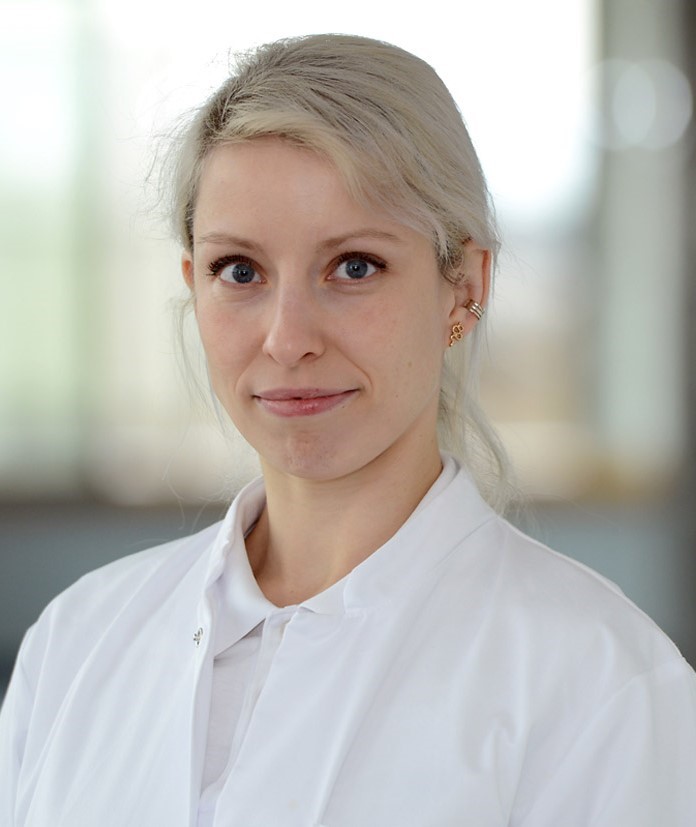Lecturer: Cosima Prahm
Fields: Neuroscience, Medicine, Engineering
Content
Although the hand represents only 1% of our body weight, most of our sensorimotor cortex is associated with its control. The loss of a hand therefore not only signifies the loss of the most important tool with which we can interact with our environment, but also leaves us with a drastic sensory-motor deficit that challenges our central nervous system. Restoring hand function is therefore not only an essential part of restoring physical integrity and functional employability, but also closes the neural circuit, thereby reducing phantom sensations and nerve pain.
When there is no longer sufficient anatomy to restore meaningful function, we can resort to complex robotic replacements whose functional capabilities in some respects even surpass biological alternatives, such as conservative reconstructive measures or transplantation of a hand. However, as with replantation and transplantation, the challenge with bionic robotic replacements is to solidly attach it to the skeleton and connect the prosthesis to our neural and muscular system to achieve natural, intuitive control and also provide basic sensory feedback.
This interdisciplinary course will discuss the progressive development of upper extremity robotic prosthetics in the fields of bioengineering, medicine, computer science, and neuroscience. We address the medical basis of biosignals, movement, amputation and restoration, and various systems of prosthetic limbs to restore physical integrity. We will discuss enhancement versus restoration and how to improve the man-machine-interface, exemplified with case studies.
Sessions in detail: We will cover the fundamentals of bionic extremity reconstruction, including replantation, transplantation, and biological restoration, along with an overview of various upper limb prosthetic types. Participants will explore conventional and advanced prosthetic control methods, including Machine Learning applications and innovative human-machine interfaces like nerve transfers, osseointegration, and implanted electrodes. Cutting-edge concepts, such as self-contained neuromusculoskeletal prostheses and cyborg technologies, will also be discussed. The course will address virtual rehabilitation using mixed reality (XR) environments, focusing on traumatic hand injuries, phantom limb pain, and neural pain management.
Literature
- Aszmann, O. C., & Farina, D. (2021). Bionic Limb Reconstruction. In O. C. Aszmann & D. Farina (Eds.), Bionic Limb Reconstruction (1st ed.). Springer International Publishing. https://doi.org/10.1007/978-3-030-60746-3
- Prahm, C., Daigeler, A., & Kolbenschlag, J. (2021). Bionische Rekonstruktion der oberen Extremität. In Plastische Chirurgie (3rd ed., pp. 135–145). Kaden.
Lecturer

Cosima Prahm received her PhD in Medicine – Clinical Neuroscience from the Clinical Laboratory for Bionic Extremity Reconstruction at the Medical University of Vienna, Austria. From 2019 to 2024, she led the Research Laboratory in the Department of Hand, Plastic, Reconstructive, and Burn Surgery at the University Clinic of Tübingen, BG Klinik, Germany. Currently, she serves as the Director of the Center for Clinical Research at the ukb Unfallkrankenhaus Berlin, within the Department of Hand, Replantation, and Microsurgery, Charité University Medicine, Berlin. Her research focuses on enhancing human-machine interfaces for upper extremity amputees, advanced prosthetic control, bionic reconstruction, nerve regeneration, organ-on-chip models, and virtual rehabilitation in XR environments.
Affiliation:
– Director of the Center for Clinical Research
– Clinic for Hand, Replantation and Microsurgery
– ukb Klinik Trauma Hospital Berlin, Germany
– Charité University Medicine Berlin, Germany
Homepage: www.playbionic.org